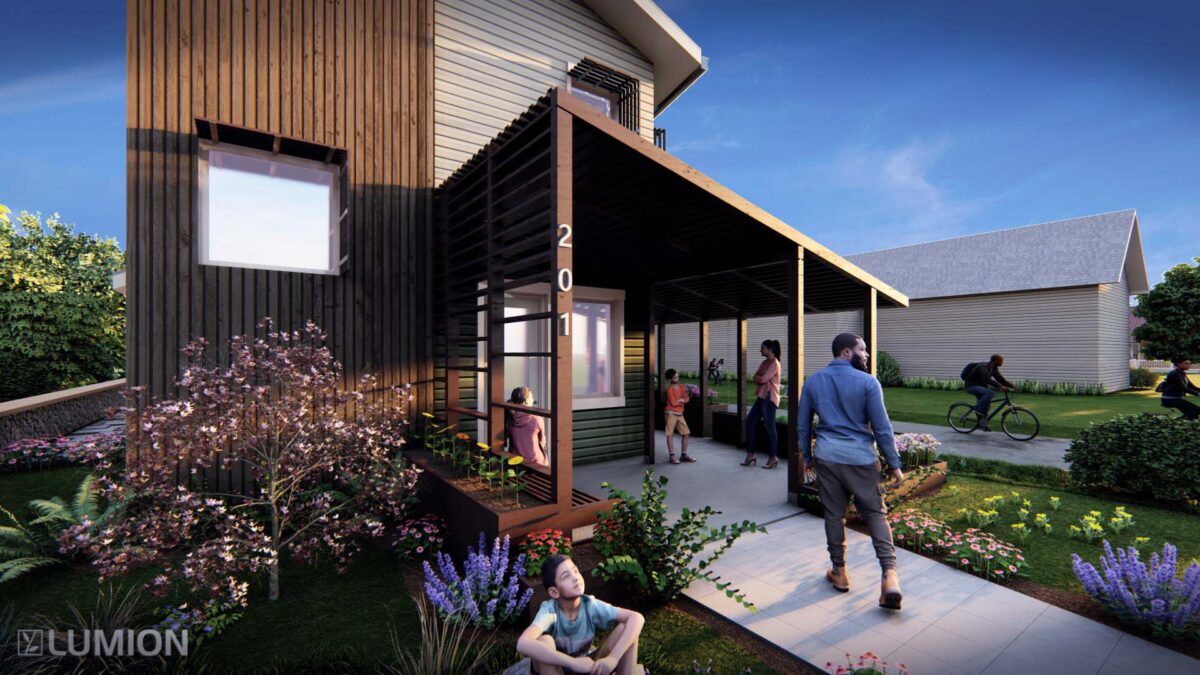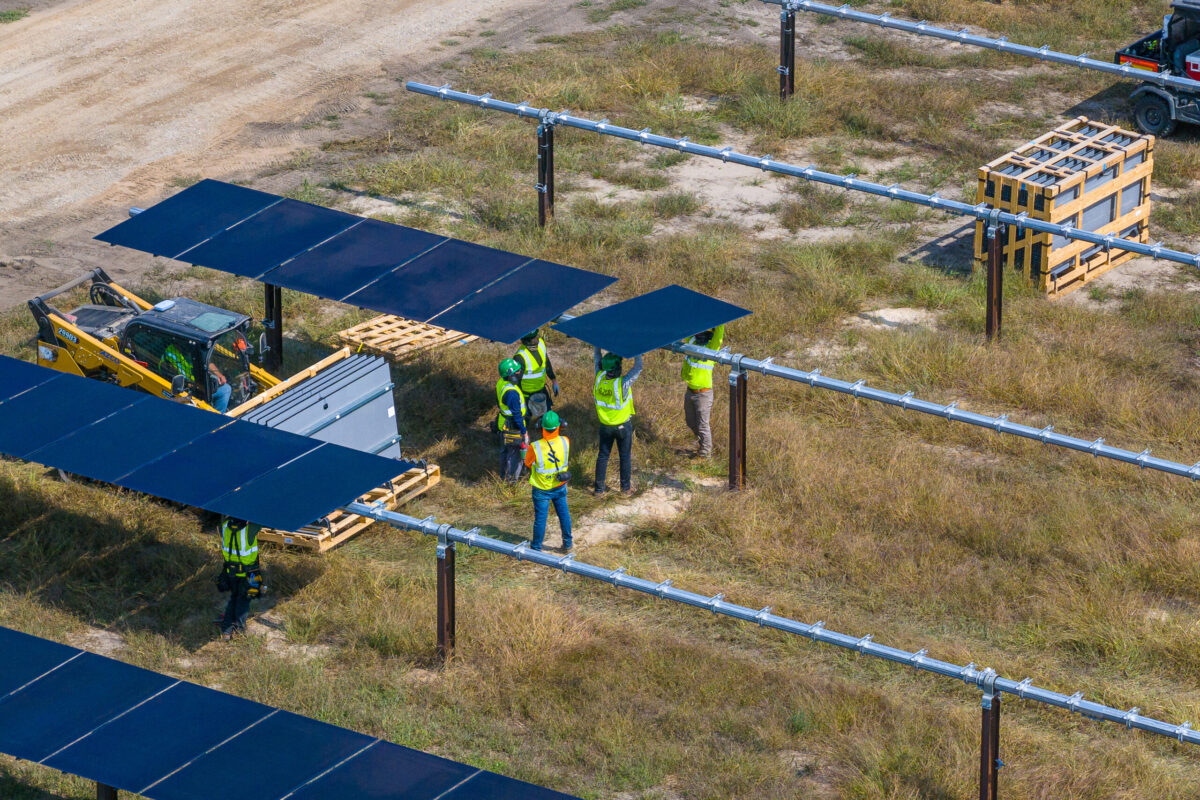The U.S. Department of Energy (DOE) announced the winners of the 21st annual Solar Decathlon, an annual collegiate contest and DOE’s longest-running student competition.
The contest challenges the next generation to design and construct high-performance, low-carbon buildings powered by renewable energy, while promoting student innovation, STEM education and workforce development opportunities in the buildings industry.
Ball State University, University of Minnesota, and the Cooper Union for the Advancement of Science and Art won the top honors at this year’s competition and were announced at the Solar Decathlon Competition Event at DOE’s National Renewable Energy Laboratory in Golden, Colo.
“As we work to build America’s clean energy future and implement President Biden’s ambitious climate agenda, we need dedicated leaders who are ready to undertake any challenge before them with pride and passion,” said U.S. Deputy Secretary of Energy David Turk.
This year marks the 21st anniversary of the U.S. Department of Energy Solar Decathlon, which has challenged more than 40,000 students to create efficient, affordable buildings powered by renewable energy. The first Solar Decathlon competition was held on the National Mall in Washington, D.C., in the fall of 2002. Fourteen teams designed, built, transported, and showcased zero energy houses powered entirely by renewable energy—a feat relatively unheard of at the time. During the 21-day inaugural event, more than 100,000 people visited the first-ever Solar Decathlon.
Since those initial 14 groups, the Solar Decathlon has supported 900 teams, grown to include both residential and commercial buildings through Design and Build Challenges. After the initial U.S. events, the Solar Decathlon has expanded to 40 countries, including Europe, Asia, Latin America, Africa, and the Middle East.
Design Challenge is a one- to two-semester, design-only competition, while the Build Challenge is a two-year design-build competition.
Build Challenge winner
Ball State University took home first place in the 2023 Build Challenge after dedicating nearly two years to designing and constructing a zero-energy home. The Alley House team, made up of students from Ball State’s R. Wayne Estopinal College of Architecture and Planning (ECAP), along with dedicated faculty leads, design advisors, and interdisciplinary consultants, engaged their community in Indianapolis to reimagine a zero-energy future for historically under-used urban lots through the construction of a high-performance, functional family home. The home is not just net-positive energy, but it solves many housing issues in the area. It is designed for an aging population, promotes neighborhood revitalization, and facilitates lifestyle growth for local families. The affordable two-family home activates public alleys and integrates sustainable landscape design criteria and passive house principles.
“I am proud of our ECAP students and faculty, who earned the top prize in this international competition as a result of their skill, knowledge, creativity, and dedication,” said Geoffrey S. Mearns, president of Ball State. “This win is also a testament to the value of Ball State’s Immersive Learning and high-impact learning practices—ways we engage students in experience-based projects that benefit people in the communities that we serve. Equally impressive is the fact that this thoughtfully designed and well-constructed duplex will serve as affordable housing for two Indiana families.”
Teams also receive awards for excellence in specific aspects of building construction and design, including architecture, engineering, market analysis, durability and resilience, embodied environmental impact, integrated performance, occupant experience, comfort and environmental quality, energy performance, and presentation.
See the full list of Build Challenge Contest Winners.
Design challenge winners
Design Challenge teams compete in the same 10 contests as the Build Challenge teams. Whereas Build Challenge teams develop residential solutions, Design Challenge teams compete in one of six commercial and residential divisions including new housing, retrofit housing, attached housing, multifamily housing, office buildings, and educational buildings. A winning team is named in each division, and from these teams, Residential and Commercial Grand Winners are selected.
The University of Minnesota and Cooper Union earned the Residential Grand Winner and Commercial Grand Winner titles, respectively, in the 2023 Design Challenge, rising to the top of a talented group of 55 competing teams from around the world.
The University of Minnesota created a deep-energy retrofit for a three-story housing structure that aims to preserve the building’s historical character while meeting the local need for affordable, durable, and resilient housing. The Cooper Union team created an educational building design for the renovation and extension of the New York Harbor School that promotes zero energy retrofit principles and workforce development opportunities for the community.
See the full list of Design Challenge Division Winners.
This content is protected by copyright and may not be reused. If you want to cooperate with us and would like to reuse some of our content, please contact: editors@pv-magazine.com.









Recent events have resulted in damage to some stakes and the displacement of others, which has made it difficult to establish the depth of mines.